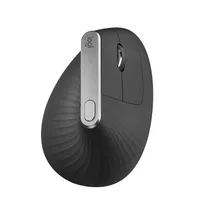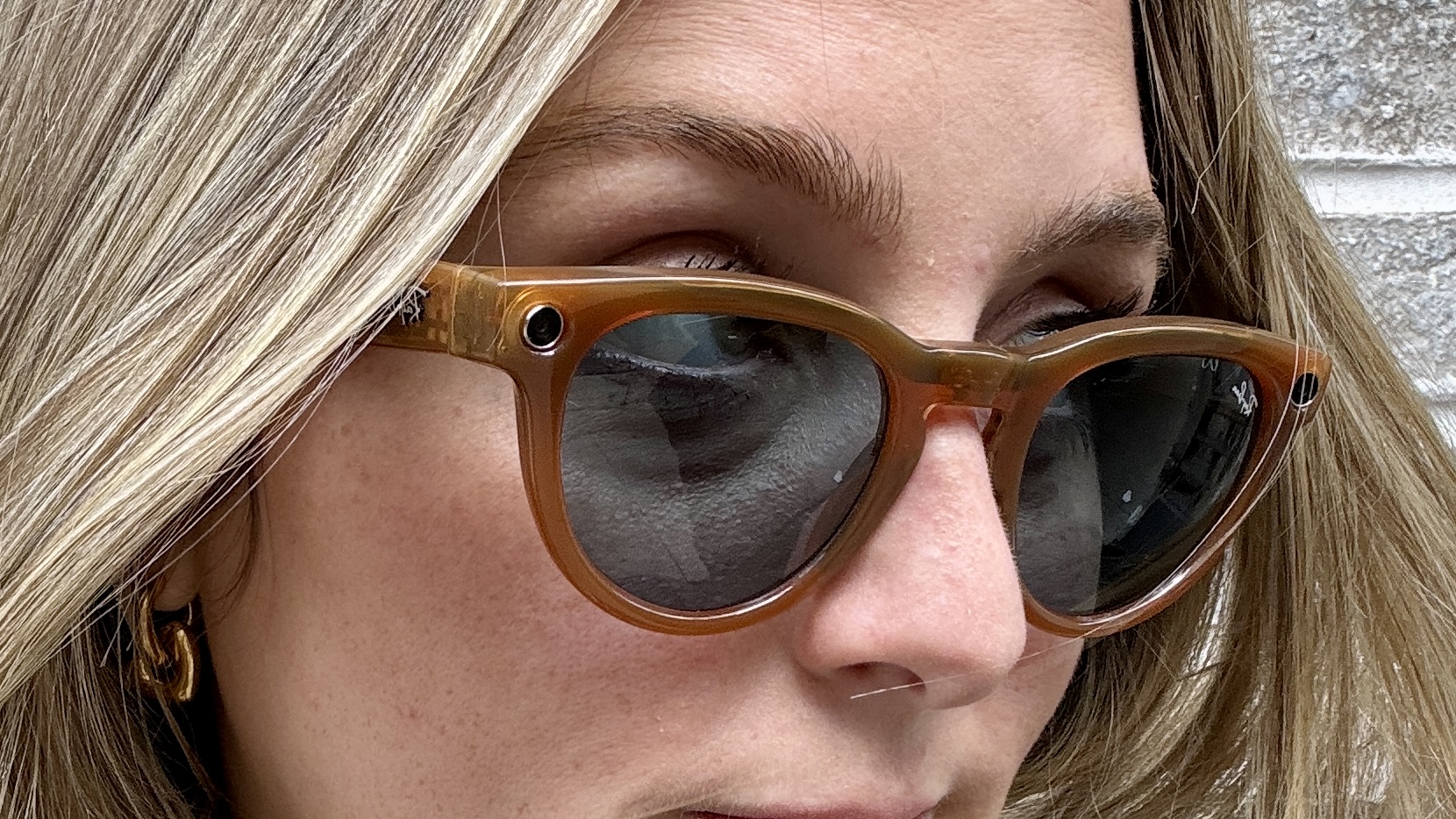Help Me, Tom's Guide: Which Ergonomic Mouse Should I Buy?
A good ergonomic mouse can alleviate pain from carpal tunnel syndrome, if you can find the right peripheral for your needs.

Not all mice are created equal, as anyone who's ever worked in an office can attest. While your mouse at home may be decked out with all sorts of extra buttons, thumb rests and software features, you're lucky if your work mouse has a functional scroll wheel.

Finding the right mouse is even more troublesome if you have carpal tunnel syndrome — but a good ergonomic mouse can alleviate the pain. And if you play your cards right, you may even convince your employer to pick one up for you.
That's what today's reader, Naomi Brownstein, is looking for:
"As a statistician, my job involves a lot of typing and computer activities such as writing papers, coding and more," she explained. Three years ago, her job provided her with an Evoluent ergonomic mouse, which she described as an "epic fail" that made her nagging wrist pain even worse.
"The key for me is that I have small hands and already know I am susceptible to [wrist] problems," she wrote. "I am not picky about brand names or exact model type … [I want to] minimize motion in the fingers, stabilize the hand and wrist and use more motion in the elbow/forearm/triceps. … My guess is that rules out a trackball mouse but leaves open traditional ergonomic designs, vertical designs, hybrids or others that follow the same broad principles."
(In the interest of full disclosure, Naomi is a friend of mine from a Birthright Israel trip we took last year. But when she texted me a litany of smart questions about how to pick an ergonomic mouse, I wanted to share the wealth with the rest of our readers.)
That's a very detailed request, and as such, it deserves a detailed response.
What's an ergonomic mouse, anyway?
Why you can trust Tom's Guide
"Ergonomic" is one of those terms that means all things to all people. "Ergonomic" can mean "comfortable"; it can mean "oddly shaped"; it can even mean "designed to address medical issues."
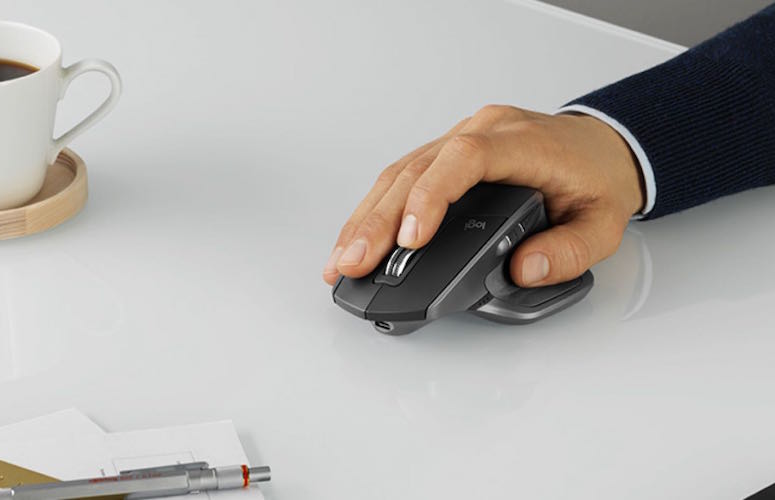
If it helps, Merriam-Webster defines "ergonomic" as "an applied science concerned with designing and arranging things people use so that people and things can interact most efficiently and safely." For simplicity's sake, then, let's say that an "ergonomic mouse" is "a mouse designed with efficiency and comfort in mind."
MORE: 15 Cheap Gaming Mice ($25 and Under) Ranked from Best to Worst
Granted, one person's comfortable is another person's painful. But I think it's fair to say that mice with contours, thumb rests, large grips and so forth are ergonomic; standard office mice are not.
To game or not to game?
One hobby horse I'm always happy to ride is that "gaming mice are also excellent for productivity." There seems to be a stigma against using a gaming mouse in the office, but I can't think of a single logical reason to disavow them. Not only do they have ergonomic designs and a ton of DPI options, but you can also very often program extra buttons and make use of software to tweak a variety of settings. Modern gaming mice usually have black chassis, which look unobtrusive, and RGB lighting options, so you can program gentle colors or turn off illumination entirely.
So, before you drop more than $100 on a fancy productivity mouse, consider what a $60 gaming model could do for you.
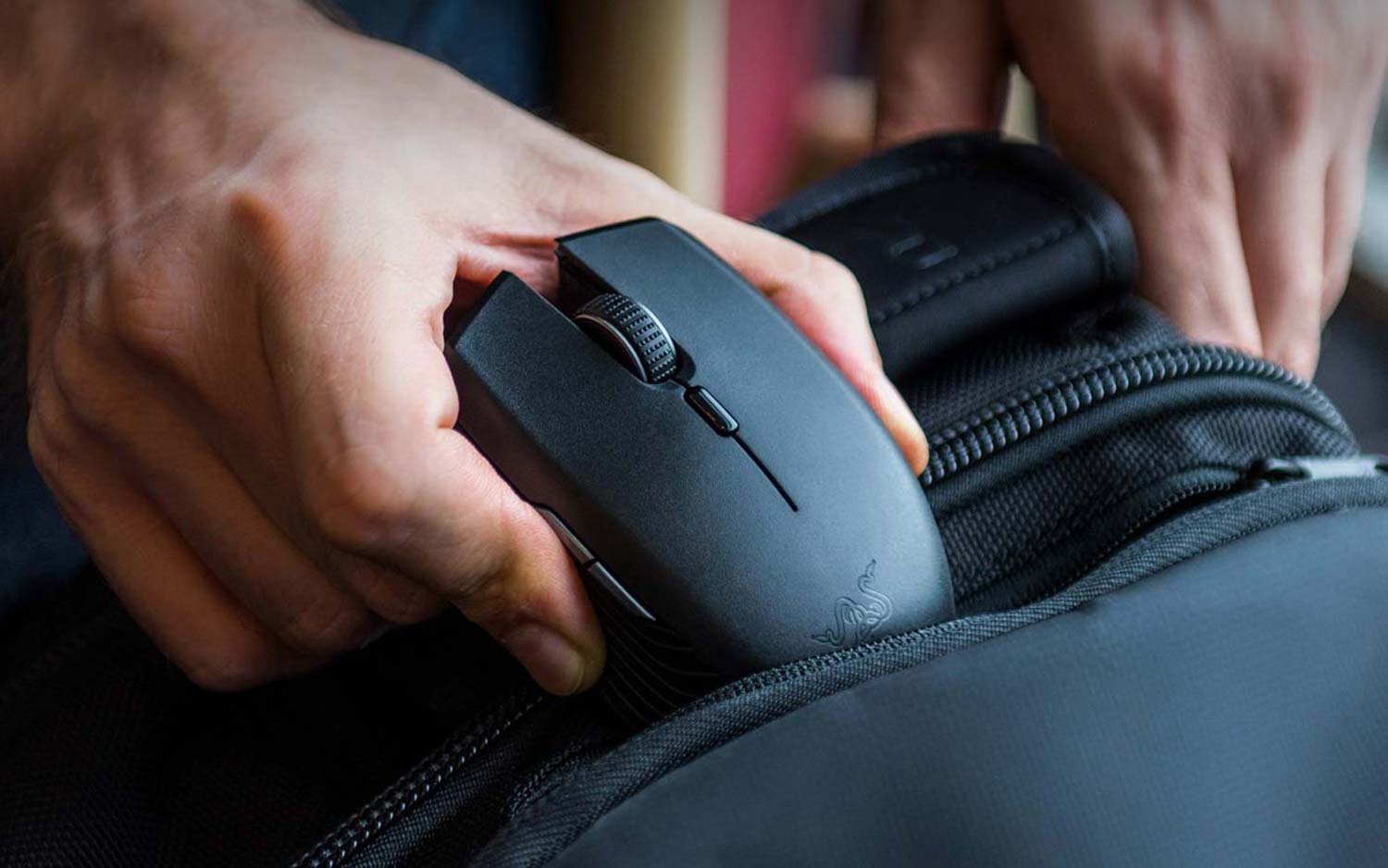
While there are a few small gaming mice on the market, the $50 Razer Atheris is my top recommendation. Because it's a laptop mouse, it's optimized for smaller hands (the mouse measures 3.9 x 2.5 inches and weighs 3.5 ounces). Furthermore, you can crank up the DPI (dots per inch) with the touch of a button, meaning that you can scroll across your entire screen with just the flick of a wrist.
The mouse has an ergonomic design, with a subtle curve for right-handed users, as well as programmable thumb buttons. The mouse's wireless features are just icing on the cake. However, because you still have to use the Atheris in a traditional wrist-down configuration, you'll probably want a gel wrist rest to alleviate some stress if you're prone to pain in that area.
For a chance to bag this mouse at a discounted price, be sure to check out our Razer discount codes.
Optimized for the office
Of course, gaming mice can be daunting, particularly since the software is optimized for video games rather than office programs. If you'd rather go with an office mouse, there are two models to consider. One of them is just an excellent all-around option; the other radically changes the way you position your wrist.
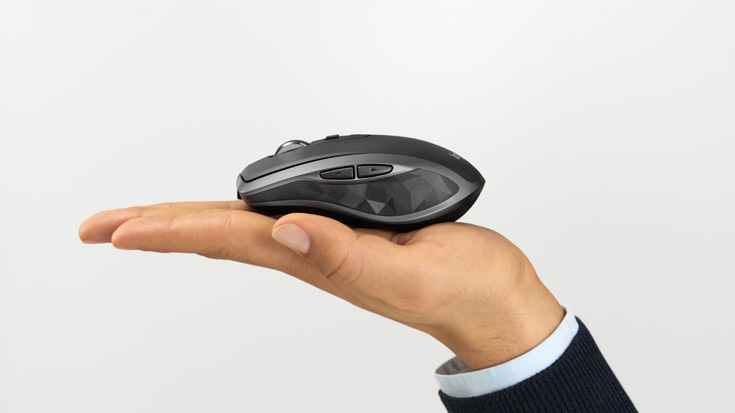
The first is the $80 Logitech MX Anywhere 2S. This teeny-tiny version of the excellent Logitech MX Master 2S keeps most of its big brother's helpful features at a fraction of the size. The MX Anywhere 2S has a deep, textured thumb groove, making it easy to hold for long periods of time.
And like with a gaming mouse, you can adjust the MX Anywhere 2S' sensitivity in a Logitech software package, meaning you can cover vast screen distances using only tiny movements. But, again, your wrist will still press down against the mouse pad, so a wrist rest is a necessity for the carpal tunneled among us.

Finally, while I'd give it a much more tentative recommendation than either the Atheris or the MX Anywhere 2S, the $100 Logitech MX Vertical might be worth a look. This mouse is like a standard ergonomic peripheral, just rotated about 45 degrees. The idea is that you'll exert less pressure on the bottom of your wrist.
In my tests, the mouse was comfortable to hold and easy to use, but it didn't alleviate wrist pressure entirely; it just moved that pressure from the bottom to the side of my wrist. Still, if the bottom of your wrist is prone to pain and the side isn't, this could solve a problem (even if you'd just be exchanging the pain at the bottom of your wrist for a different problem a few months down the line).
A solid recommendation
Of the three mice discussed here, I'd probably go with the MX Anywhere 2S. It's more straightforward than a gaming mouse, ideal for folks with small hands and comfortable enough to hold for hours at a time. I would definitely up the sensitivity and invest in a gel wrist rest, too. It's not a perfect solution for carpal tunnel — but then again, there might not be one.
MORE: Best Gaming Mouse Available Right Now
Naomi said I'd earn bonus points if I could explain some of the science behind ergonomic mice, and the best article I found was a study from a journal called Applied Ergonomics. After extensive research, scientists determined that vertical mice had no effect on carpal tunnel pressure and suggested that mouse shape is a matter of user preference rather than medical utility.
As such, if you can, try both vertical and horizontal ergonomic mice, see which one feels better, then invest in a wrist rest and be sure to take frequent breaks. Ergonomists may someday develop a mouse that eases carpal tunnel symptoms, but that day is apparently not here yet.
Credit: Logitech
Get instant access to breaking news, the hottest reviews, great deals and helpful tips.

Marshall Honorof was a senior editor for Tom's Guide, overseeing the site's coverage of gaming hardware and software. He comes from a science writing background, having studied paleomammalogy, biological anthropology, and the history of science and technology. After hours, you can find him practicing taekwondo or doing deep dives on classic sci-fi.

